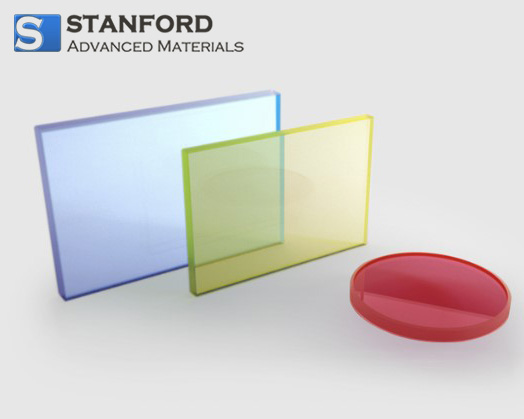Indium Applications Across Industries: A Comprehensive Overview
Introduction
Indium is a metal with well‐documented properties. It is used in several sectors, including electronics, semiconductor manufacturing, soldering, alloy production, the nuclear energy industry and developments in dentistry.
Overview of Indium Applications
ITO Targets
Approximately 70 % of global indium consumption is allocated to the production of Indium Tin Oxide (ITO) targets. These targets, composed of high‐purity indium oxide and tin oxide, are used in the manufacture of transparent, conductive electrodes for plasma and LCD screens and in gas sensors.
Electronics, Semiconductors and Radio
In the electronics, semiconductor and radio industries, indium is used because of its high boiling point, low electrical resistance and corrosion resistance. This section explains the applications of indium in semiconductor materials and its role in producing specialised contact components using an indium and silver oxide mixture.

Solders and Alloys
The addition of indium increases the strength, ductility, wear resistance and corrosion protection of many alloys. This section describes the varied applications of indium alloys, which are used in solar cells and electrical vacuum instruments.

Nuclear Energy Industry
In the nuclear energy industry, indium is employed as an indicator in neutron detection and is used in the production of control rods for nuclear reactors. This section outlines the use of indium in manufacturing neutron detectors that perform comparably to those made with gallium.
Storage and Coatings
This section examines the influence of indium on industrial bearings, where its application extends service life. It also considers the use of indium and gallium alloys for lubricating sliding components, particularly in electrical vacuum instruments.
Fusible Alloys
The low melting point of indium is utilised in the production of fusible alloys. Such alloys are applied in electrical fuses and thermostatic devices.
Dentistry
This section focuses on the developing applications of indium in dentistry. It details the use of indium in the manufacture of dental inlays and in improving the corrosion resistance and hardness of filling materials.
Other Indium Product Applications
This section addresses specific indium compounds and their applications, including the production of coloured glass and the use of indium halides in halogen metal vapour lamps, which improve light output and spectral quality.
Indium compounds, such as oxides, sulphides and phosphates, are important in the production of coloured glass. These compounds provide distinct hues and are used in a range of applications, from artistic glassware to optical specialty lenses.

Moreover, indium is used in halogen metal vapour lamps. Indium halides, particularly indium iodide, are added as constituents in these lamps. Their use aims to improve light output and increase spectral quality. Consequently, lighting systems become more efficient and achieve higher performance.
The use of indium compounds in glass manufacturing and lighting applications indicates that indium contributes to both practical performance and visual appearance. Research in this field continues, supported by ongoing efforts.
Conclusion
In summary, indium is utilised across a broad range of fields, as outlined in this review. Stanford Advanced Materials recognises the instrumental role of indium in the advancement of technologies and industrial applications.
Understanding the various applications of indium provides insight into its role in the future development of different industries. This is supported by its specific properties and by ongoing research and development efforts undertaken by Stanford Advanced Materials.

 Bars
Bars
 Beads & Spheres
Beads & Spheres
 Bolts & Nuts
Bolts & Nuts
 Crucibles
Crucibles
 Discs
Discs
 Fibers & Fabrics
Fibers & Fabrics
 Films
Films
 Flake
Flake
 Foams
Foams
 Foil
Foil
 Granules
Granules
 Honeycombs
Honeycombs
 Ink
Ink
 Laminate
Laminate
 Lumps
Lumps
 Meshes
Meshes
 Metallised Film
Metallised Film
 Plate
Plate
 Powders
Powders
 Rod
Rod
 Sheets
Sheets
 Single Crystals
Single Crystals
 Sputtering Target
Sputtering Target
 Tubes
Tubes
 Washer
Washer
 Wires
Wires
 Converters & Calculators
Converters & Calculators
 Write for Us
Write for Us
 Chin Trento
Chin Trento



